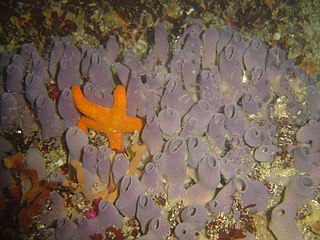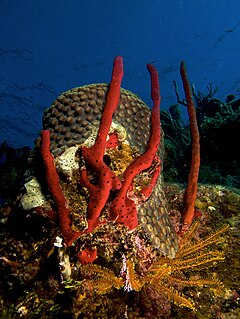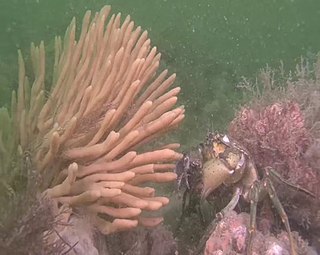
Caenorhabditis elegans is a free-living, transparent nematode, about 1 mm in length, that lives in temperate soil environments. It is the type species of its genus. The name is a blend of the Greek caeno- (recent), rhabditis (rod-like) and Latin elegans (elegant). In 1900, Maupas initially named it Rhabditides elegans, Osche placed it in the subgenus Caenorhabditis in 1952, and in 1955, Dougherty raised Caenorhabditis to the status of genus.

Rosellas are in a genus that consists of six species and nineteen subspecies. These colourful parrots from Australia are in the genus Platycercus. Platycercus means "broad-tailed" or "flat-tailed", reflecting a feature common to the rosellas and other members of the broad-tailed parrot tribe. Their diet is mainly seeds and fruit.

The Wyoming ground squirrel is a species of rodents in the family Sciuridae.

The elegant water shrew is a species of mammal in the subfamily Soricinae of the family Soricidae. It is monotypic within the genus Nectogale. It lives in Sikkim and China.

The false ark shells (Cucullaea) are a small genus of marine bivalve molluscs related to the ark clams. The genus is the only member of the family Cucullaeidae.

Jorunna tomentosa is a species of sea slug, a dorid nudibranch, a shell-less marine gastropod mollusc in the family Discodorididae.

Verconia is a genus of sea slugs, dorid nudibranchs, shell-less marine gastropod mollusks in the family Chromodorididae.

Haliclona is a genus of demosponges in the family Chalinidae.

The turret sponge is a species of demosponge. It is found around the South African coast, from the Cape Peninsula to Sodwana Bay.

The encrusting turret sponge, is a species of demosponge. It is known around the southern African coast, from Namibia to the South African south coast.

Amphimedon compressa, the erect rope sponge, red tree sponge, red tubular sponge, or red sponge is a demosponge found in southern Florida, the Caribbean Sea, and the Bahamas. It can be deep red, orange, brown, or black.
Verconia haliclona is a species of colourful sea slug, a dorid nudibranch, a shell-less marine gastropod mollusk in the family Chromodorididae.
C. elegans most commonly refers to the model round worm Caenorhabditis elegans. It may also refer to any of the species below. They are listed, first in taxonomic order and, second, alphabetically.

Haliclona (Soestella) cearulea is a species of marine sponge in the family Chalinidae. It is an encrusting tubular sponge that grows anchored on rocky surfaces of coral reefs.
Haliclona (Soestella) crowtheri is a species of demosponge first found on the coast of South Georgia island, in the south west Southern Ocean.
Streptomyces marinus is a bacterium species from the genus of Streptomyces which has been isolated from the sponge Haliclona sp. from the coastline from the city Tateyama in Japan.

Haliclona (Haliclona) oculata, sometimes known by the common name mermaid’s glove, is a species of sea sponges that is found in depths of around 1,000 m.














